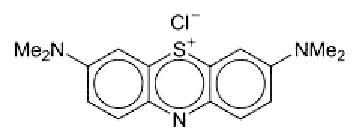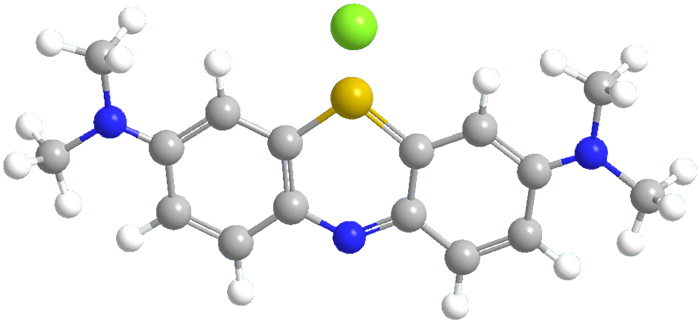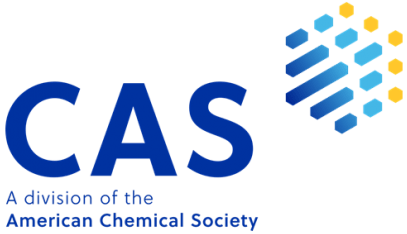

Methylene blue is one of the oldest organic dyes. It was first prepared in 1876 by H. Caro—BASF’s research director at the time—for use as a cotton dye. In 1880, microbiologist R. Koch established it as a medical stain. It is also used as an indicator for redox reactions, a photosensitizer for generating singlet oxygen, and a drug to treat methemoglobinemia, among other conditions. Until recently, dyestuff-grade methylene blue was used in medicine, but a pharmaceutical grade is now under development.

Learn more about this molecule from CAS, the most authoritative and comprehensive source for chemical information.
Molecule of the Week needs your suggestions!
If your favorite molecule is not in our archive, please send us a message. The molecule can be notable for its current or historical importance or for any quirky reason. Thank you!
Stay Ahead of the Chemistry Curve
Learn how ACS can help you stay ahead in the world of chemistry.

